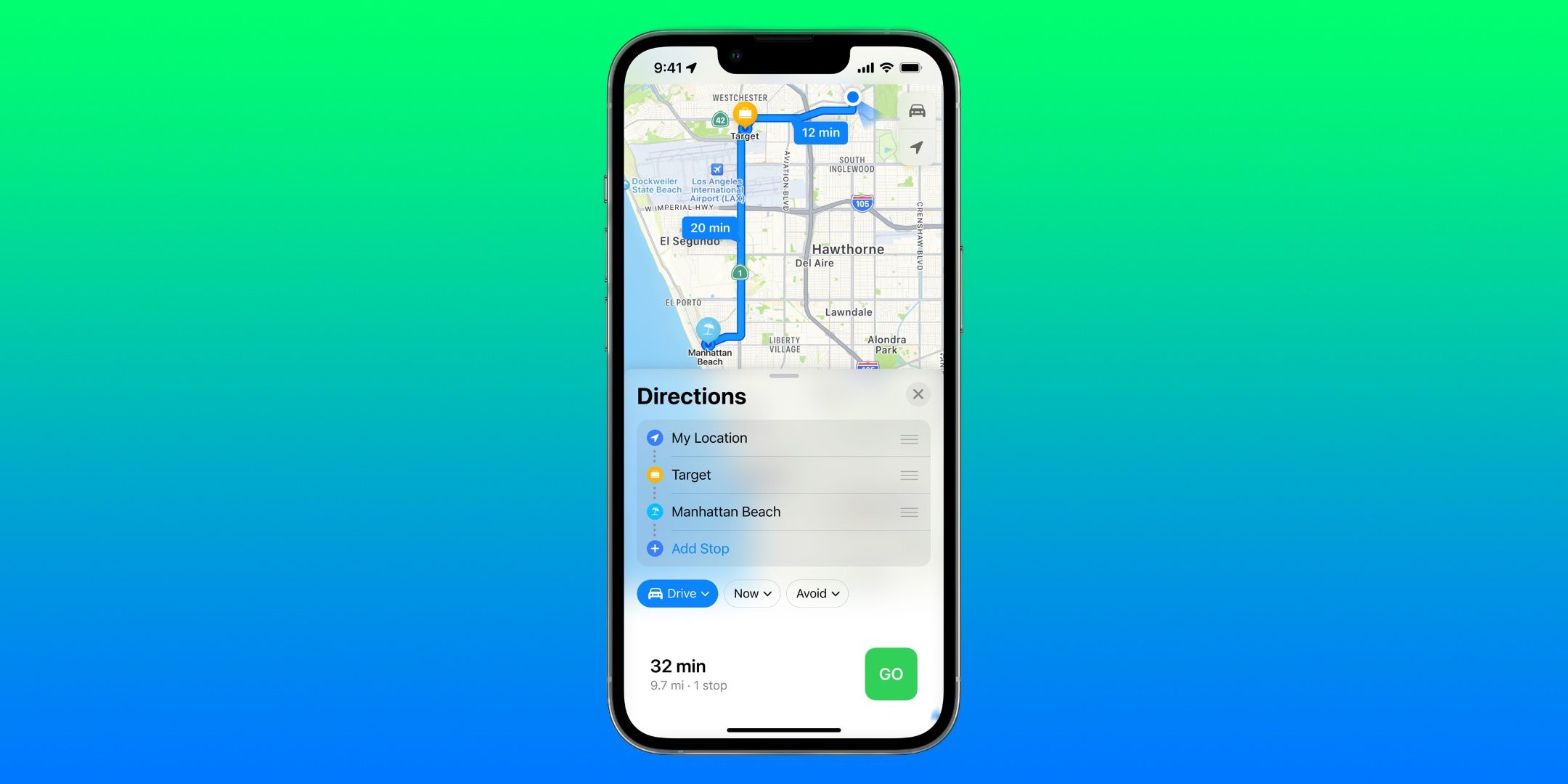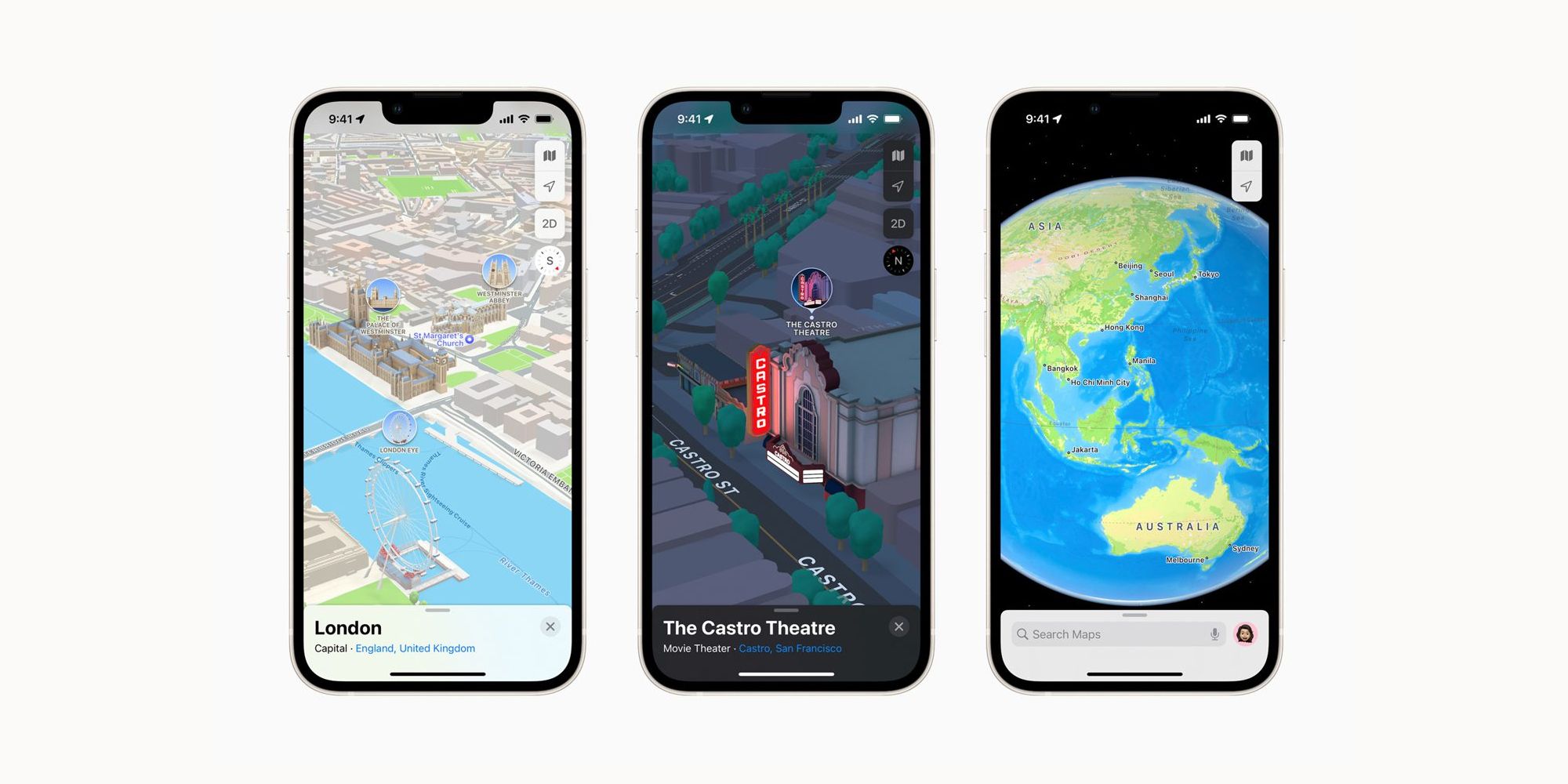
Apple has strengthened its native Maps app in recent years to compete with Google, but the application is getting under-the-radar upgrades in iOS 16 that make it a must-have for users in cities and metropolitan areas. iOS 16 is Apple's next mobile software upgrade slated for release in the fall, but many features have already been revealed to the public. The company hosted its annual Worldwide Developers Conference at Apple Park in June, where a keynote previewed the most impactful features set to change the iPhone experience. During the presentation, the company highlighted apps and services like iMessage, FaceTime and Settings — but Maps was relegated to the background. As it turns out, the changes to trip planning and navigation in iOS 16 are perfect for city travelers and are must-have features on the iPhone.
The software is in the developer beta stage, meaning that a premature release of iOS 16 is available for download for developer use only. With that said, there are ways to try out the software without a developer account. The developer beta period not only gives Apple time to refine any bugs or issues before a full public release but also lets users test the software firsthand. By trying out the software, it becomes clear what new features will make a noticeable impact in day-to-day use and what features will not. In testing the developer beta, the changes to Apple Maps will surely make trip planning easier for users — especially those that live in densely-populated areas with robust public transit options.
Apple officially announced in the release notes of iOS 16 that the Maps app would be gaining multistop routing, but in the developer beta, the entire navigation user interface was changed. With multistop routing, users can plan a trip and select up to 15 places to stop along the way. However, the most notable change is how users navigate and plan trips through the Apple Maps user interface. This new interface is built for easy flexibility and adaptability in travel, with commonly-changed filters right at the top of the screen. After selecting a place to travel to, the new 'Directions' screen displays the starting point, ending point and an option to add a stop. Similarly, three drop-down menus allow the user to change the mode of travel, departure time and types of travel to avoid — right above the available routes to the destination.

The first two filters — mode of travel and departure time — have been available in prior versions of iOS, but their user interfaces have been clunky and inaccessible to the average user. In iOS 16, the filters can be changed in just a few taps and are at the forefront of navigation menus. It makes a massive difference in trip planning, especially in cities. Users can now see the difference between driving, ridesharing, walking, public transit and cycling (in select cities) within seconds. In addition, they can change the departure time and predict how traffic conditions and public transit services will be affected ahead of time to avoid holdups on a travel day. These features have been included on previous versions of Apple Maps, but in iOS 16, users will find themselves utilizing them a lot more often due to their newfound ease of use.
There are a few ways that Apple Maps could become even better at trip planning, despite the latest improvement. The service can now add up to 15 stops and be configured in any order, but it would be helpful if Maps showed the most efficient ordering of destinations based on real-time traffic conditions. As the feature is currently implemented, it's up to the user to determine the best order of stops. Additionally, multistop routing only supports one mode of transportation, and it would be more useful if Maps could show directions for routes using two or more different modes of transportation. These might come with time and more development, but as it currently stands, Apple Maps in iOS 16 is a must-have for planning trips in densely-populated metropolitan areas.
Source: Apple
iOS 16, the upcoming release of Apple's mobile software, is set to change the way people plan trips with the ability to add up to 15 stops.Brady Snyder